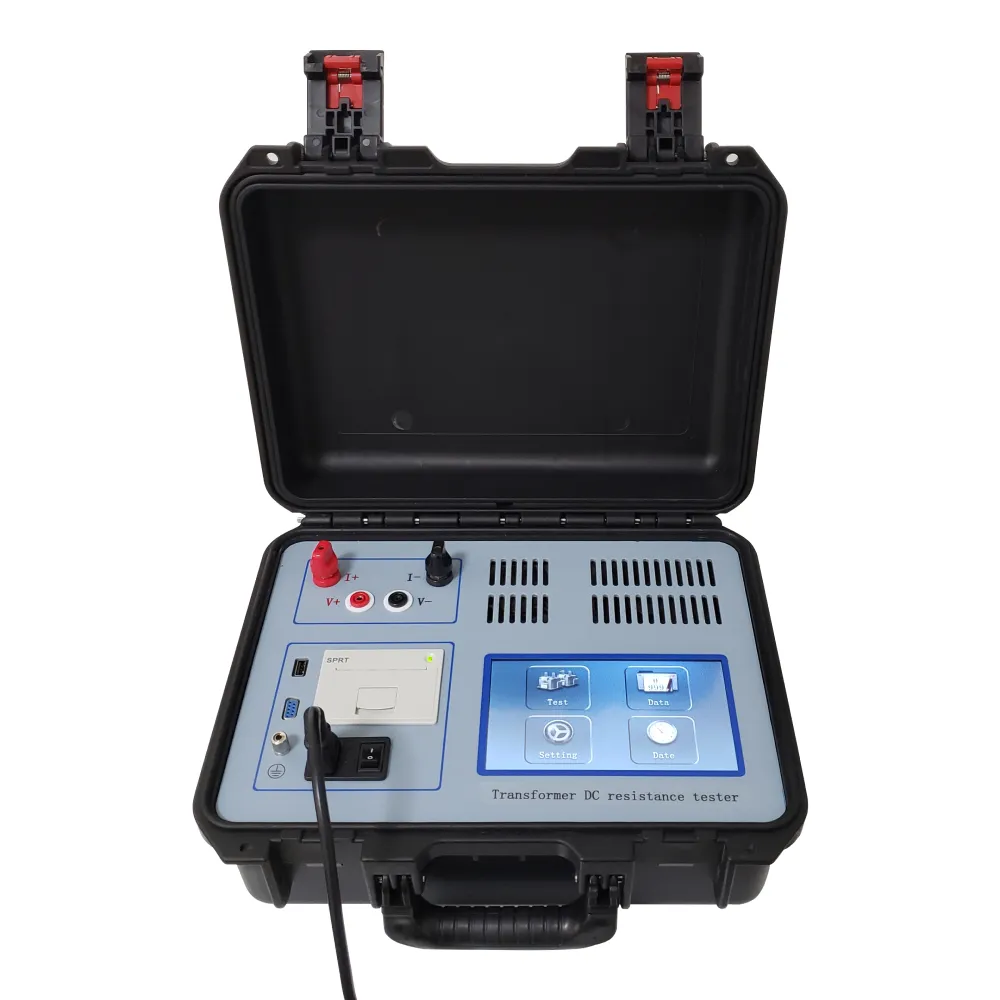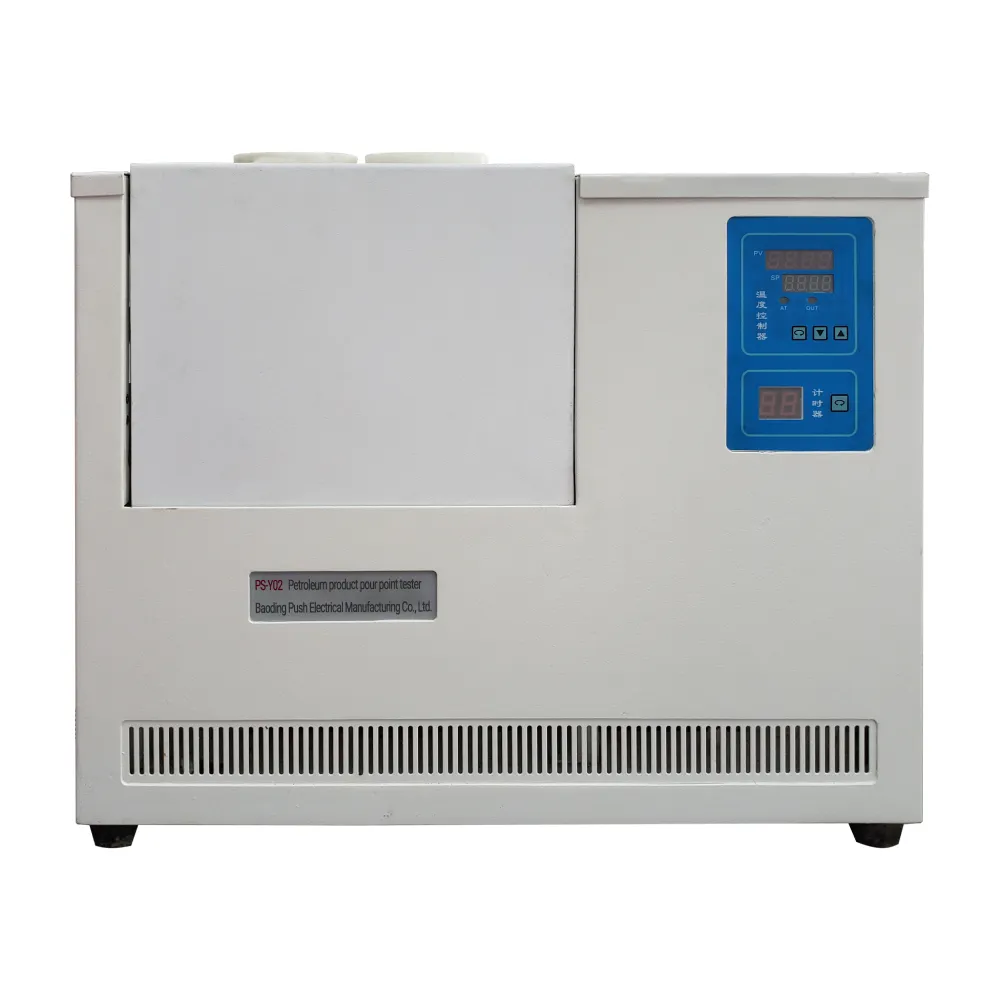TEL:
+86-0312-3189593
 English
English

Telephone:0312-3189593

Email:sales@oil-tester.com

-
 Afrikaans
Afrikaans -
 Albanian
Albanian -
 Amharic
Amharic -
 Arabic
Arabic -
 Armenian
Armenian -
 Azerbaijani
Azerbaijani -
 Basque
Basque -
 Belarusian
Belarusian -
 Bengali
Bengali -
 Bosnian
Bosnian -
 Bulgarian
Bulgarian -
 Catalan
Catalan -
 Cebuano
Cebuano -
 China
China -
 China (Taiwan)
China (Taiwan) -
 Corsican
Corsican -
 Croatian
Croatian -
 Czech
Czech -
 Danish
Danish -
 Dutch
Dutch -
 English
English -
 Esperanto
Esperanto -
 Estonian
Estonian -
 Finnish
Finnish -
 French
French -
 Frisian
Frisian -
 Galician
Galician -
 Georgian
Georgian -
 German
German -
 Greek
Greek -
 Gujarati
Gujarati -
 Haitian Creole
Haitian Creole -
 hausa
hausa -
 hawaiian
hawaiian -
 Hebrew
Hebrew -
 Hindi
Hindi -
 Miao
Miao -
 Hungarian
Hungarian -
 Icelandic
Icelandic -
 igbo
igbo -
 Indonesian
Indonesian -
 irish
irish -
 Italian
Italian -
 Japanese
Japanese -
 Javanese
Javanese -
 Kannada
Kannada -
 kazakh
kazakh -
 Khmer
Khmer -
 Rwandese
Rwandese -
 Korean
Korean -
 Kurdish
Kurdish -
 Kyrgyz
Kyrgyz -
 Lao
Lao -
 Latin
Latin -
 Latvian
Latvian -
 Lithuanian
Lithuanian -
 Luxembourgish
Luxembourgish -
 Macedonian
Macedonian -
 Malgashi
Malgashi -
 Malay
Malay -
 Malayalam
Malayalam -
 Maltese
Maltese -
 Maori
Maori -
 Marathi
Marathi -
 Mongolian
Mongolian -
 Myanmar
Myanmar -
 Nepali
Nepali -
 Norwegian
Norwegian -
 Norwegian
Norwegian -
 Occitan
Occitan -
 Pashto
Pashto -
 Persian
Persian -
 Polish
Polish -
 Portuguese
Portuguese -
 Punjabi
Punjabi -
 Romanian
Romanian -
 Russian
Russian -
 Samoan
Samoan -
 Scottish Gaelic
Scottish Gaelic -
 Serbian
Serbian -
 Sesotho
Sesotho -
 Shona
Shona -
 Sindhi
Sindhi -
 Sinhala
Sinhala -
 Slovak
Slovak -
 Slovenian
Slovenian -
 Somali
Somali -
 Spanish
Spanish -
 Sundanese
Sundanese -
 Swahili
Swahili -
 Swedish
Swedish -
 Tagalog
Tagalog -
 Tajik
Tajik -
 Tamil
Tamil -
 Tatar
Tatar -
 Telugu
Telugu -
 Thai
Thai -
 Turkish
Turkish -
 Turkmen
Turkmen -
 Ukrainian
Ukrainian -
 Urdu
Urdu -
 Uighur
Uighur -
 Uzbek
Uzbek -
 Vietnamese
Vietnamese -
 Welsh
Welsh -
 Bantu
Bantu -
 Yiddish
Yiddish -
 Yoruba
Yoruba -
 Zulu
Zulu
veebr. . 20, 2025 12:58
Back to list
PS-DCA10 DC resistance tester
In electrical engineering, the dielectric resistance test holds a fundamental place in ensuring the safety and functionality of electrical equipment. This test, which measures a material's capacity to resist electric current and act as an insulator, is essential for evaluating electrical insulation systems across numerous industries. The comprehensive understanding and implementation of dielectric resistance testing require an intersection of hands-on experience, technical expertise, authoritative standards, and an unwavering commitment to trustworthiness.
When it comes to trustworthiness, the process cannot overshadow the ethics of testing. Engineers must ensure test environments are safe and conducive to accurate data collection. Transparency in reporting is paramount—clients need clear, understandable interpretations of test results to make informed maintenance decisions. Moreover, it’s crucial that testing firms maintain independence and impartiality, as biased results can lead to disastrous consequences both financially and operationally. In recent developments, dielectric resistance tests are increasingly integrated with digital technology, enabling remote monitoring and predictive analytics. Smart testing equipment now offers real-time data transmission and analysis, providing industrial players with the means to anticipate equipment issues before they escalate into emergencies. Seasoned experts harmonize traditional methods with these advanced technologies, enhancing reliability without compromising traditional testing integrity. In summary, the dielectric resistance test is a cornerstone in electrical maintenance and safety protocols. With a combination of profound expertise, adherence to authoritative guidelines, and unwavering commitment to transparent operations, professionals in this field significantly contribute to safer electrical environments. As industries continue to evolve, so too will the methodologies and technologies underpinning dielectric resistance testing, ensuring its relevance and critical performance in industrial maintenance.


When it comes to trustworthiness, the process cannot overshadow the ethics of testing. Engineers must ensure test environments are safe and conducive to accurate data collection. Transparency in reporting is paramount—clients need clear, understandable interpretations of test results to make informed maintenance decisions. Moreover, it’s crucial that testing firms maintain independence and impartiality, as biased results can lead to disastrous consequences both financially and operationally. In recent developments, dielectric resistance tests are increasingly integrated with digital technology, enabling remote monitoring and predictive analytics. Smart testing equipment now offers real-time data transmission and analysis, providing industrial players with the means to anticipate equipment issues before they escalate into emergencies. Seasoned experts harmonize traditional methods with these advanced technologies, enhancing reliability without compromising traditional testing integrity. In summary, the dielectric resistance test is a cornerstone in electrical maintenance and safety protocols. With a combination of profound expertise, adherence to authoritative guidelines, and unwavering commitment to transparent operations, professionals in this field significantly contribute to safer electrical environments. As industries continue to evolve, so too will the methodologies and technologies underpinning dielectric resistance testing, ensuring its relevance and critical performance in industrial maintenance.
Latest news
-
Testing Equipment Industry Sees Major Advancements in 2025: Smart & Precision Technologies Lead the WayNewsJun.06,2025
-
Applications of Direct Current Generators in Renewable Energy SystemsNewsJun.05,2025
-
Hipot Tester Calibration and Accuracy GuidelinesNewsJun.05,2025
-
Digital Circuit Breaker Analyzer Features and BenefitsNewsJun.05,2025
-
Benefits of Real-Time Power Quality Monitoring Devices for Industrial EfficiencyNewsJun.05,2025
-
Earth Fault Loop Testing in High-Rise Building Electrical SystemsNewsJun.05,2025



